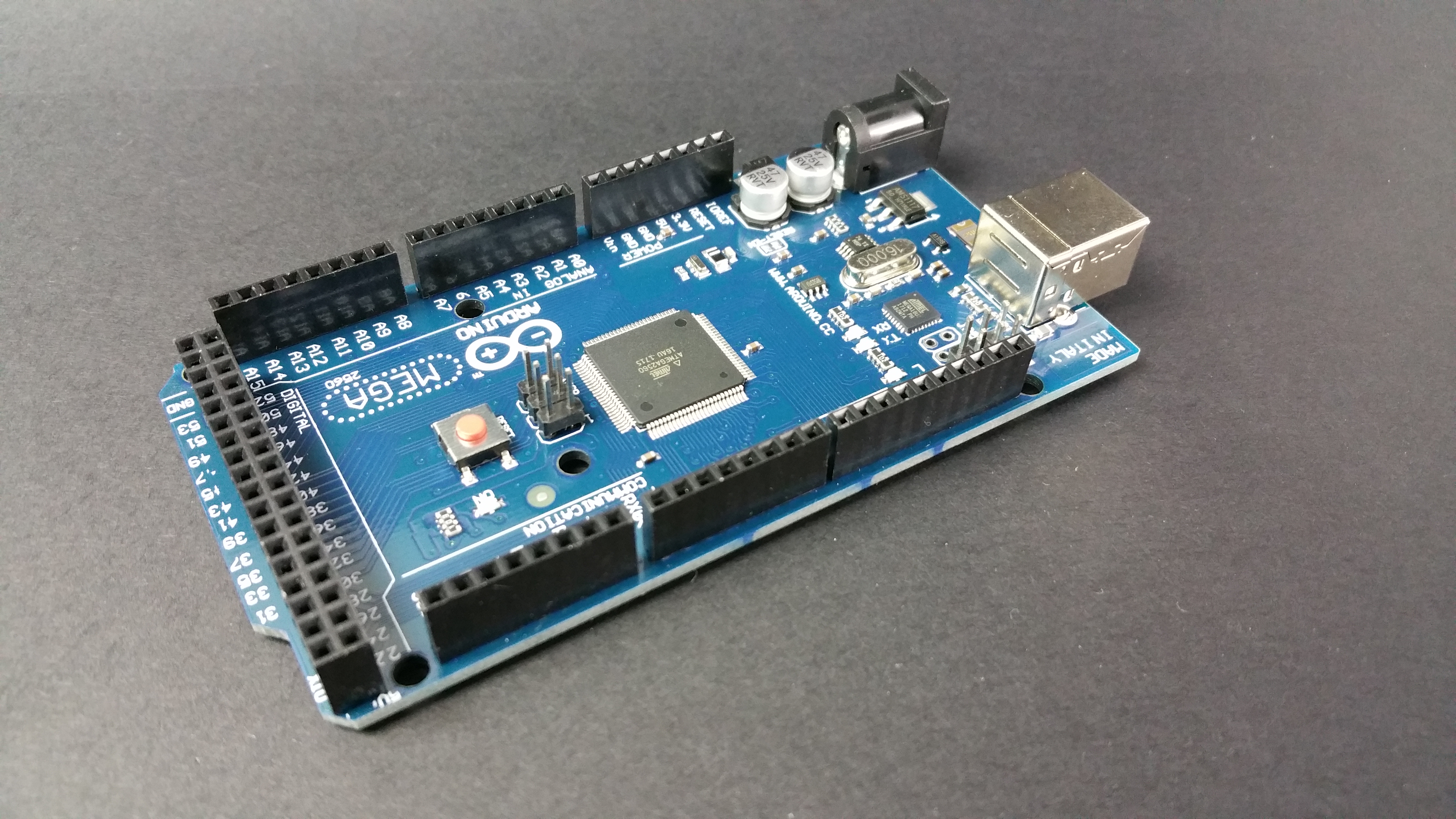What To Expect From This Guide
After you have completed reading this guide, you should have a thorough understanding of what tools you will need in order to begin in the field of electronics engineering. Also touched upon, is a light description of some technical background, such as how some critical components work. This guide has been designed from my experiences through the years, and many beginners should find it useful to give them a sense of direction when they begin in the field of electronics engineering.
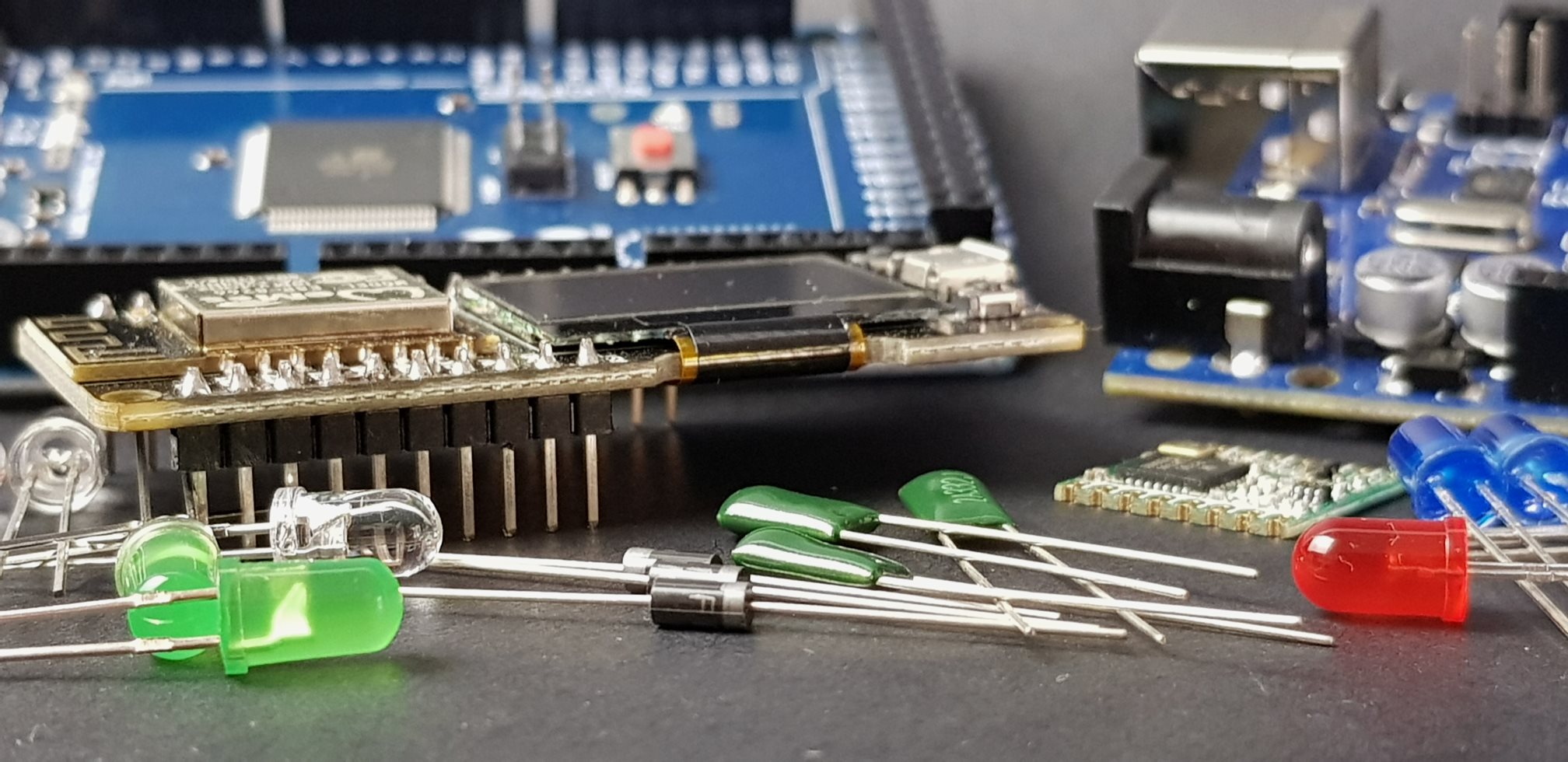
How to Begin Your First Arduino Microcontroller Starter Project – Setting Up Your Lab
Beginning your first Arduino project is not that hard. In fact, anyone can do it; you just need some guidance.
I began my electronics career when I was entering high school, just as the small-scale microcontroller unit (MCU) scene was beginning. The easiest part was acquiring the parts; my father purchased a beginner’s Arduino kit for me, which had everything I needed to have my first projects up and running. Before long, I had finished the small project book with 10 or so projects in it, and I was hungry for more.
Going through the process of learning electronics has taught me many valuable things, such as determination, and use of technical thinking. Most of the time, you will find yourself in the situation where you can not solve your problem or build that circuit with the correct components, because you may not either have the parts, or the equipment. In this case, it can be frustrating, but hang in there; you are sure to find a new way to build your project through innovation. As I have learned in my first years of engineering, you will most likely never have access in the beginning stages of your career, to the things that you need to advance yourself, such as:
- Signal analysers

- Spectrum analysers
- Programmable power supplies
- Solder reflow stations
- Oscilloscopes
- Signal generators
- Data analysers
- And more…
These things make it easier to understand exactly what is occurring within your circuits. Eventually, you will need a few of these advanced units, in order to design and build projects that are complex in nature and are built from many independently functioning parts and units.
However, in the beginning especially, what you do have access to is an abundant supply of low-cost basic components, which are fundamental in building most projects. If the problem with your situation is not knowing how to make a particular circuit, then you are sure to be fine. There are plenty of guides out there on the internet to show you how to make nearly anything you can think of.
Once you are confident enough to master the basics, then you will be able to move on to the advanced level of electronics. It can be very exciting seeing live right in front of your eyes, exactly what is happening in your circuit, displayed on an oscilloscope, or a spectrum analyser.
When you find yourself becoming stuck in your projects because you have reached the point when you can’t build without these advanced tools, then it is a good time to invest in your future. I found that when I got to this point, an entry level oscilloscope with built in data analyser, and a programmable power supply did the trick to move me on to the next level.
What You Need in Your Tool Box to Start Your Career
After learning what helps me to master electronics, and observing many professionals and hobbyists alike, I have compiled a list of essential items that you need in order to have a great electronics lab. These tools are not only useful for electronics, but also everyday life, for instance when things breakdown and need to be repaired.
For Beginner Level Electronics Enthusiasts
You will want to get to following items (I have included some notes below about each point):
Components
- Assorted general diodes pack (essential)
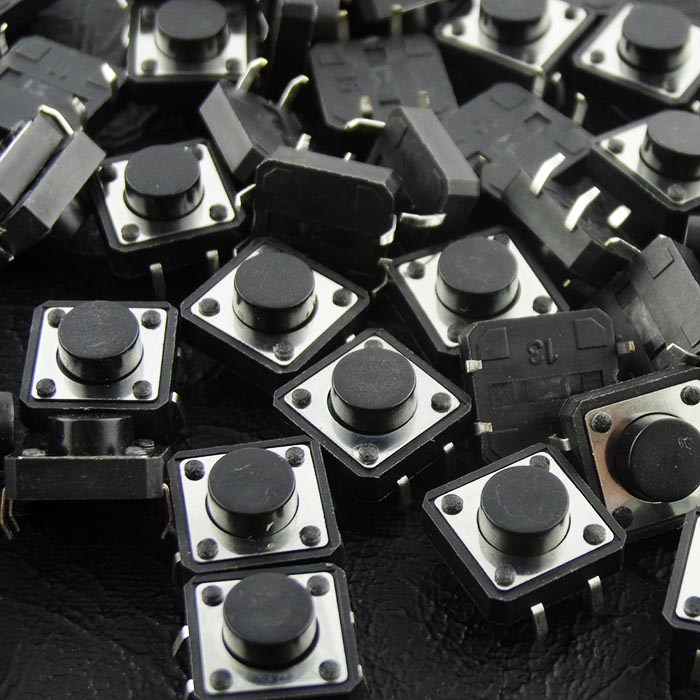
- Assorted resistor pack (essential)
- Assorted capacitor pack (essential)
- Push buttons (essential)
- Large LED pack (essential)
- Variable resistors (potentiometers) (not completely essential)
- Integrated circuits (IC) (not essential)
- Any 555 timer 8 pin Dual in-line (8-DIP)
- Operational amplifier LM324 or any other
- Audio amplifiers
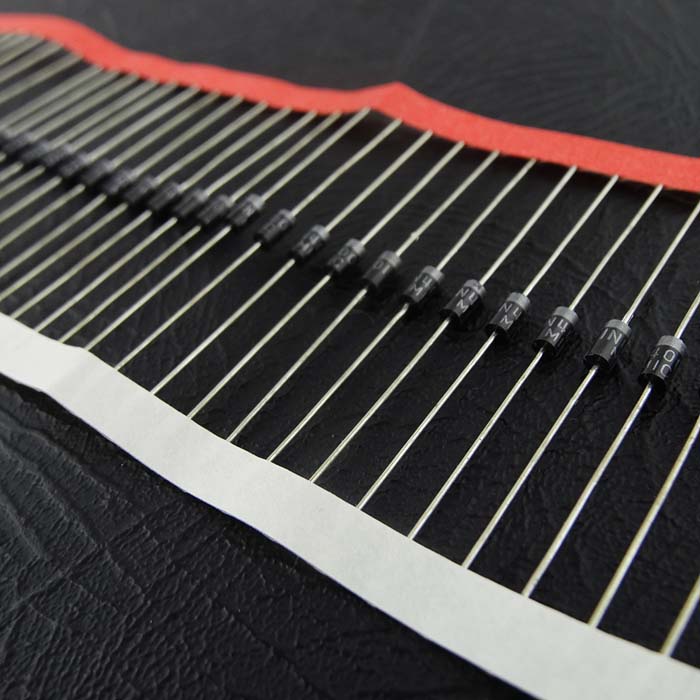
- Comparators LM324 or similar
- Assorted transistors pack (essential)
- Quartz crystal oscillators (not essential)
- Jumper wires kit (essential)
- Breadboard (essential)
Tools
- Small bit screwdriver set (torx bits, flat
blades, and Philips heads) (essential)
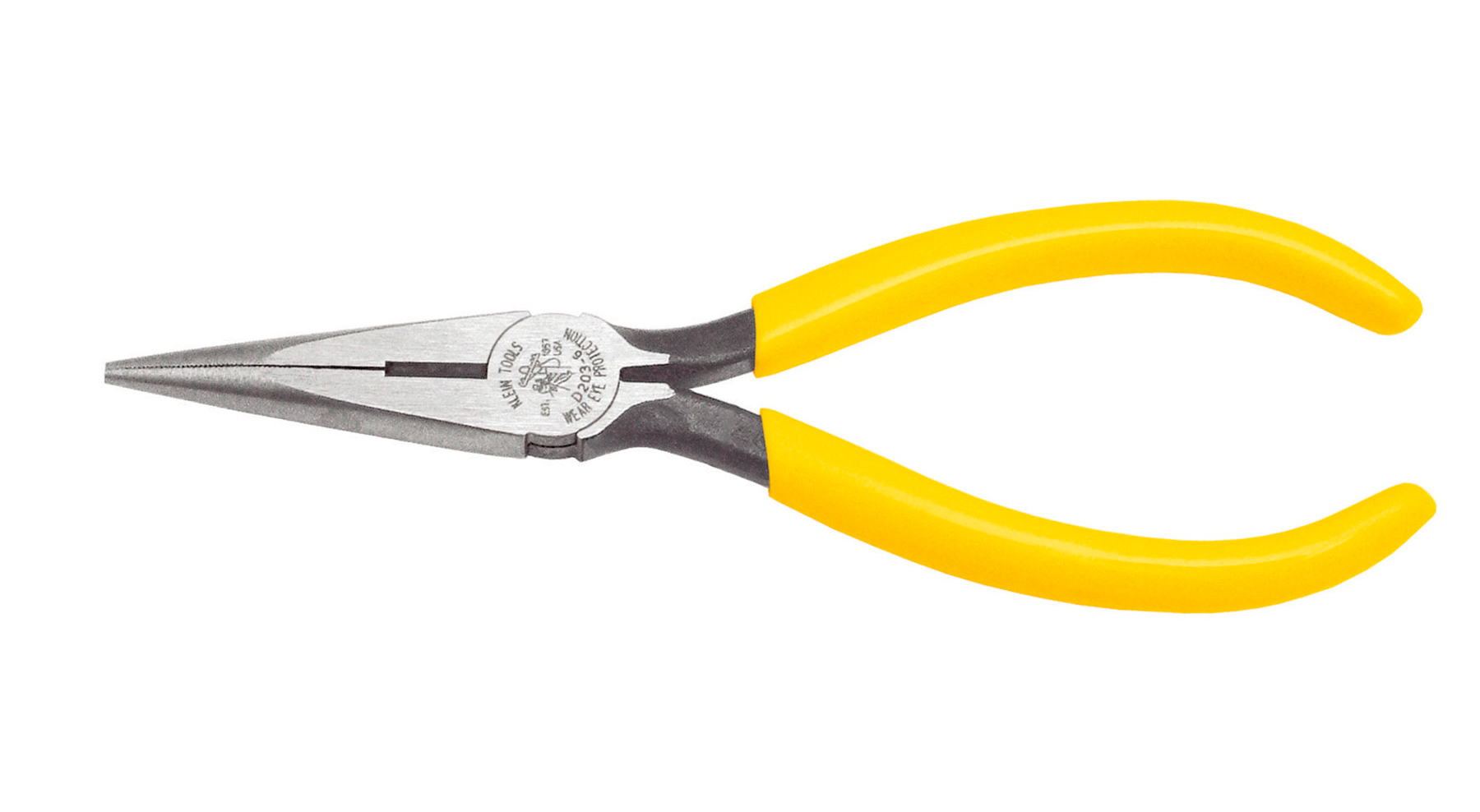
- Large bit screwdriver set (flat blade and Philips head) (essential)
- Soldering Iron with stand (essential)
- Lead free solder (essential)
- Needle nose pliers (essential)
- Side cutters (essential)
- Magnifying glass stand with hands (not essential)
- Multimeter
with capacitance, resistance, current and voltage ranges (essential)
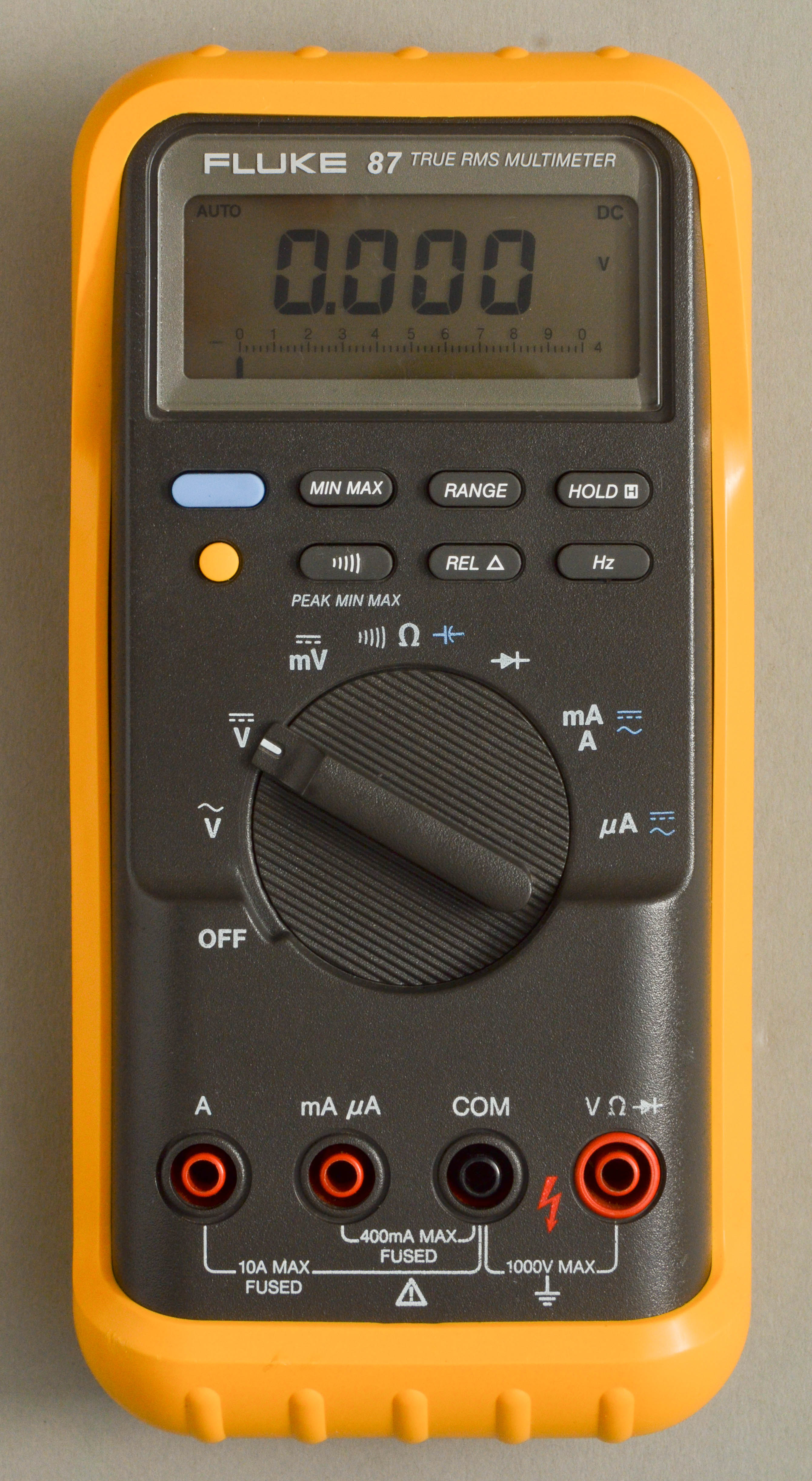

Other
- Sand paper (not essential)
- Fume extractor (not essential)
- Hot glue gun with spare glue sticks (not essential)
- Heat proof place mat for your desk (essential)
- Signal generator (sine, square and triangle
wave) (not completely essential)


Explaination of Components and Tools Required
Diodes are used to block reverse current in circuits. Most diodes do a similar function, except for Schottky diodes, which conduct current in both forward and reverse voltage biases. Most diodes however will have some reverse current leakage. Just a general pack of rectifier diodes will be perfect to begin with.
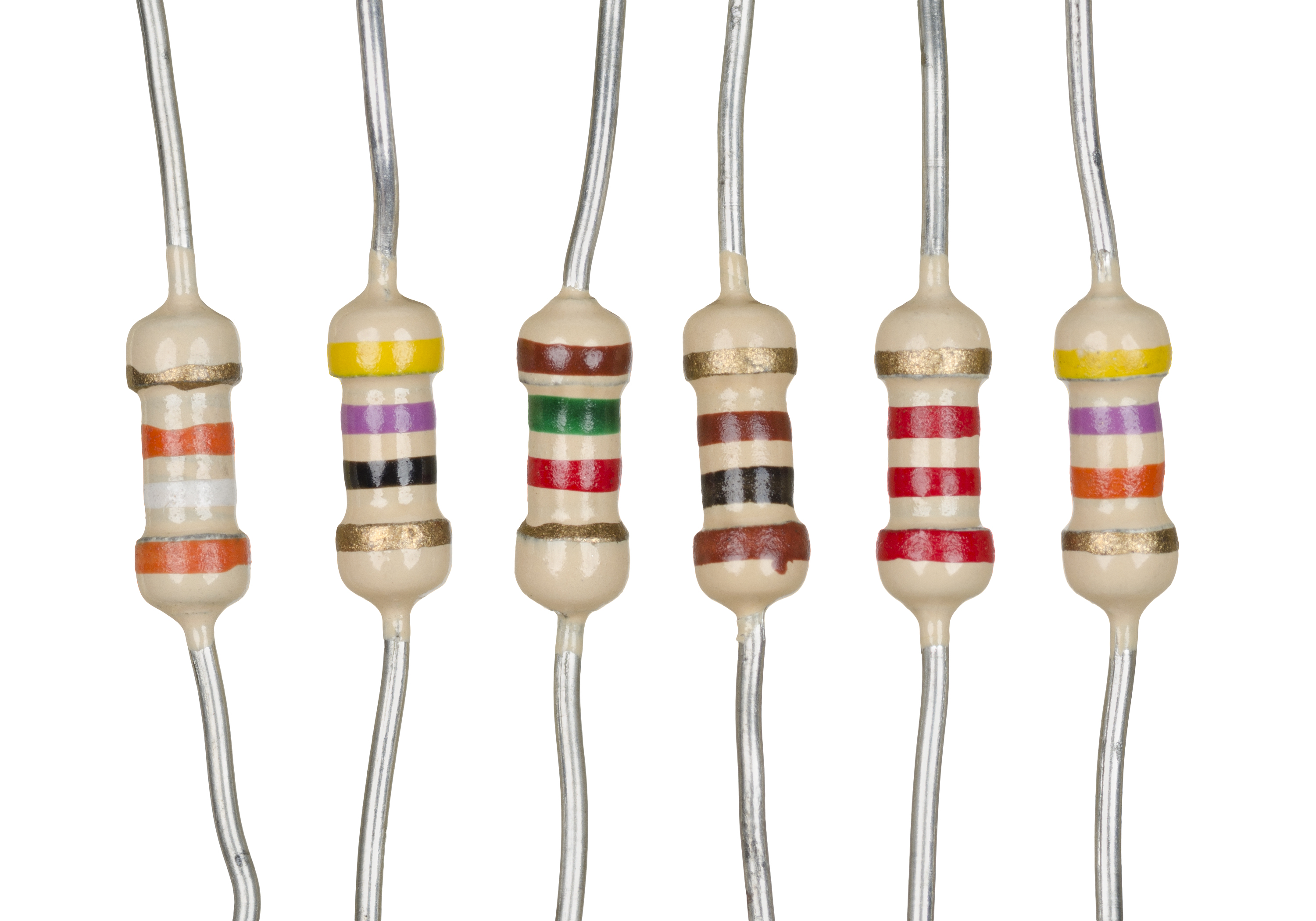
Resistors are used to impede the flow of electrical current, making it more difficult for energy to flow through a path that contains a resistor, or a resistive item of sorts. The most common type of resistor is the fixed resistor, abundantly found as the axial carbon film type. The axial carbon film type are mostly through-hole in design, with long leads on either end, great for use with breadboards. Other types of resistors are variable resistors, thermistors, varistors, light dependent resistors, and magneto-resistors.
Capacitors are used to store electrical energy for later use in a circuit. There are many types of capacitors, each with different roles, such as dielectric type, film type, radial lead type, axial lead type, ceramic type, and the most common type, electrolytic capacitors. Most electrolytic capacitors contain liquid electrolyte-soaked tissue between thin metal foils. When a voltage source is applied to the capacitor, the negative and positive charges travel to the plates. When the voltage source is removed, the charge has nowhere to go, so it is left on the plates of the capacitor, therefore keeping a potential difference (a voltage). Capacitors can be used to smooth voltage ripples and spikes in circuits, control timing circuits, and store energy, and isolate electrical systems. Capacitors can isolate electrical circuits as they do not conduct direct current, since there is not an electrical connection between the two plates of the capacitor. However, they can conduct alternating current signals, through the collapsing and expanding magnetic field produced by the voltage changes on the input plate of the capacitor.
Push buttons are used as a temporary switch to connect electrical circuits. Another method to switch a circuit would be to use two simple wires and connect then disconnect them. This is essentially what an electrical switch is doing. Switches form the basic building block of almost every system that has ever been made. More advanced types of switches use other electrical circuits to power them. A very common electrical switch used in heavy industries and power switching is the contact relay. It uses an electrical circuit to energise an electro-magnet which intern physically moves the switch contactor (like pushing the simple push button). Hence the name, contact relay. They are usually used to control the flow of a greater amount of power.
LEDs are essential for any hobby or professional electronics engineer. They perform an invaluable task in indicating what occurs in your circuit at any given time. I have found that when I began, I used LEDs to help with diagnosing circuit issues, and statuses. Sometimes you won’t know what is happening in your circuit, so you can put LEDs in place, and they will help to indicate what signals are on and off, and whether there is good activity in your circuit, especially when programming microcontrollers to control external devices.
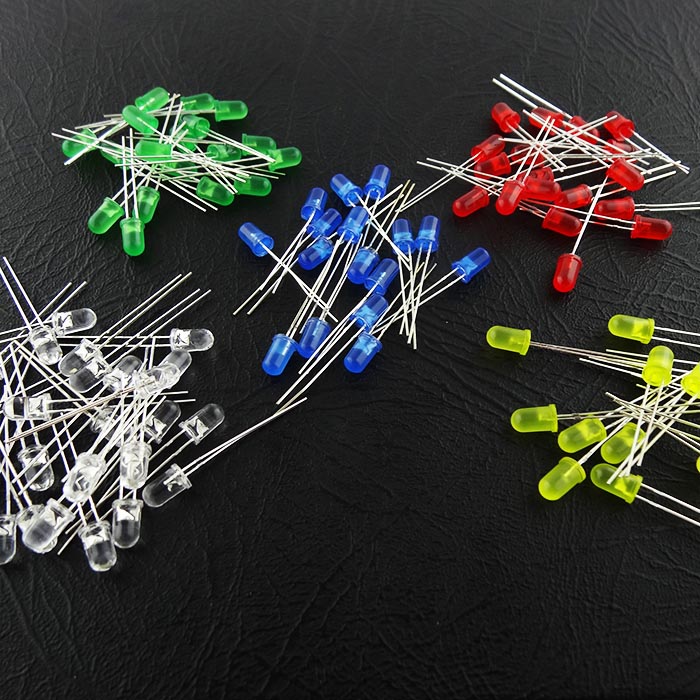
Improving to Become an Intermediate/Advanced Electronics Engineer
Once you are confident enough to move onto the advanced level, you may consider acquiring these tools to further your career:
- Analogue oscilloscope (learning analogue teaches the essential function of an oscilloscope)
- Digital oscilloscope (after you have learned to use the analogue oscilloscope). In some cases, you can find these with spectrum analysers and or data analysers built in also.
- Programmable power supply
- Programmable signal generator

All of these tools listed above will help you in many cases and will enable you to rapidly prototype circuits which you have designed on paper, so that they will work in the real world.

As there are many nuances inherent in the electronics design field, it may be quite difficult or perhaps even impossible to work without most of these pieces of equipment in your lab, which is the reason that professionals use these. Once you begin to encounter problems that can’t be solved without these testing devices, then you will be glad that you have them, when you have advanced yourself to that level.
What's Next?
If you are ready to begin in the field, or you would like to stock up on your toolbox and inventory, then you can look in the 'Products' category on this website, to view all great products at fantastic prices. We stock over 200 products at Mainland Electronics, ranging from components such as diodes and buttons, to modules such as LCD character displays, 433 MHz RF transmitter receiver units, and of course the open-source Arduino Uno R3 generic model (plus Mega and Pro mini 5.5v and 3.3v, our top sellers). Search ‘Kits’ to find products suited to you.
We hope to do business with you! Keep checking our store to find more great content like this in the future. Thank
you for reading, and happy shopping.
